What is a Normal Time of Day to Get Married? Guide to Choosing the Perfect Moment
Choosing the perfect time for your wedding is an important step in your planning. It sets the tone for your big day and helps you plan every detail from the ceremony to the reception. The most common times for weddings are between 2 p.m. and 5 p.m. for afternoon ceremonies, or 5 p.m. to 7 p.m. for evening weddings. These times work well for many couples because they balance activities, lighting for photography, and guests’ schedules.
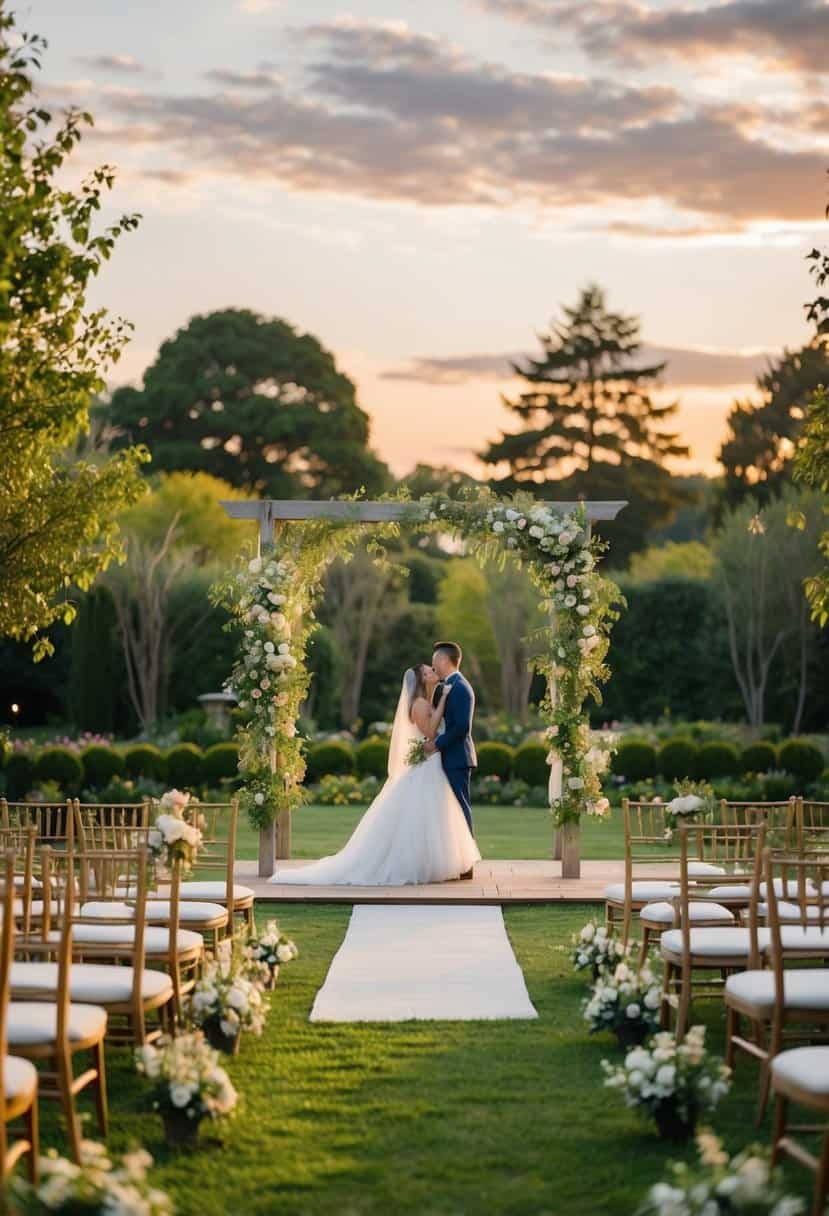
As you plan, consider your guests and any travel they may need to do. If you have a lot of out-of-town guests, scheduling the ceremony a bit later in the day might be more convenient. Late afternoon weddings are often popular, providing a comfortable gap for travel and preparation.
Don’t forget about the season and location of your wedding. A summer ceremony might be more pleasant in the early evening when it’s cooler, while a winter wedding might benefit from a midday start. Your choice will also affect the kind of photos you can get. Some photographers recommend scheduling couple portraits around better lighting. Whether you want beautiful sunset photos or bright midday shots, timing is key!
Deciding on the Perfect Time for Your Wedding Ceremony

When choosing the best time for your wedding ceremony, you should consider factors like cultural traditions and whether a morning or evening event suits your style. Each choice can affect your wedding timeline, cocktail hour, and even the experience of your guests.
Cultural and Religious Considerations
Different cultures and religions have specific customs that dictate wedding times. In some traditions, getting married is best during particular times of the day or on specific days of the week.
Certain religions might prefer a morning ceremony, allowing time afterward for celebrations. Meanwhile, other traditions may call for evening weddings. For instance, Jewish weddings often occur after sunset, aligning with religious practices. Hindu weddings, however, frequently take place when the planetary positions are considered most auspicious, which can be at unusual times of the day.
If your audience consists of guests not familiar with these customs, consider clearly outlining the schedule to avoid confusion. Keep in mind that the cultural or religious aspects can significantly influence not only the ceremony but also the flow of your entire wedding day.
Morning vs. Evening Ceremonies
Deciding between a morning or evening wedding can shape the atmosphere and mood of your event. Morning ceremonies tend to be more relaxed and can lead to a lighter, brunch-style reception. This could be ideal if you wish to have a more casual and intimate gathering. However, this option might require you to start getting ready quite early.
Evening ceremonies, on the other hand, offer a more traditional and formal feel. They can easily transition into a cocktail hour with hors d’oeuvres before dinner. Evening weddings often appeal to guests who appreciate a lively reception with dancing and entertainment.
Both choices have their advantages, so think about what kind of event matches your vision and suits your guests’ preferences.
Planning Your Wedding Timeline
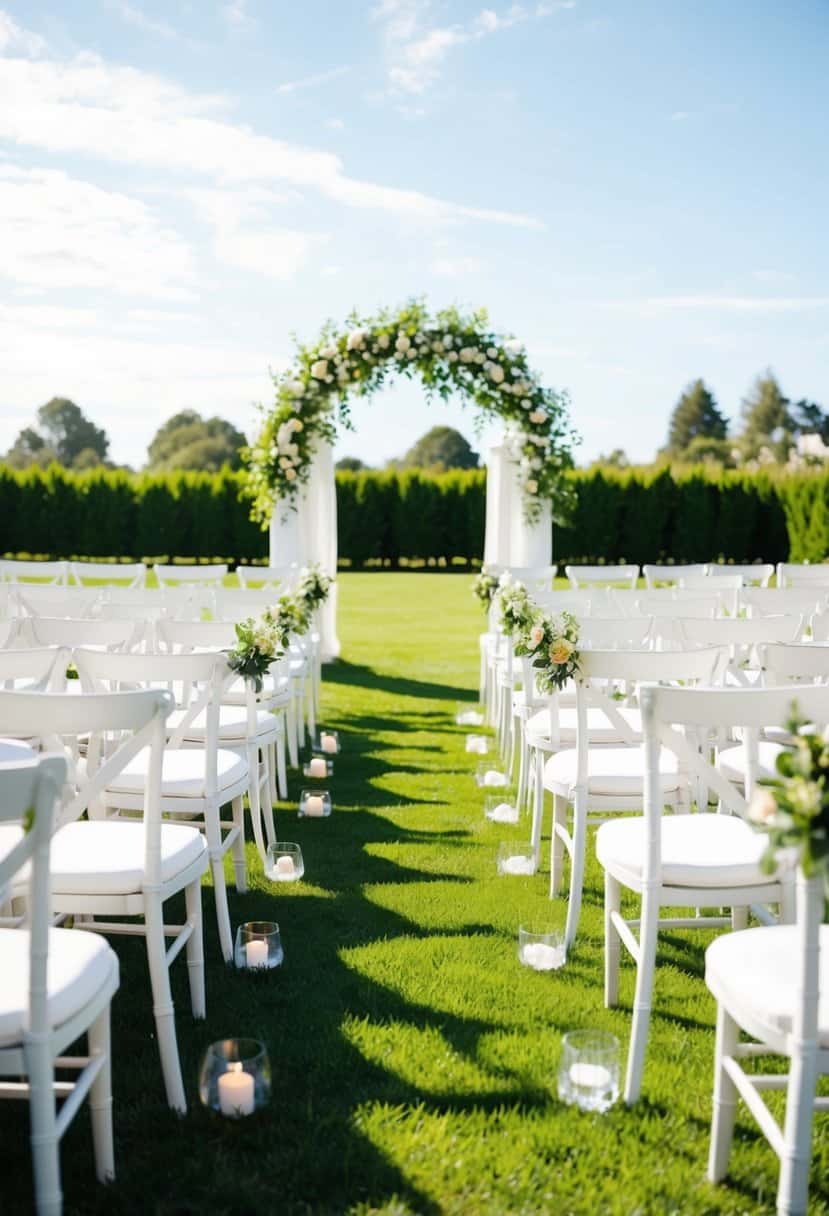
Creating your wedding timeline ensures everything runs smoothly. This involves balancing moments like first looks and family photos with events such as cocktail hour and the reception. Here’s how you can plan these important parts of your big day.
First Look and Family Photos
The “first look” is a special moment when you see your partner for the first time on your wedding day. This can be beautifully emotional and also a way to capture stunning photos before the ceremony begins. Discuss the timing with your photographer and wedding planner. Many couples schedule this a few hours before the ceremony, giving ample time for memorable shots.
Family photos are next, usually taken immediately after the first look. Decide on the setting and gather close family members to ensure a quick and organized session. List out important photo combinations ahead of time to avoid any confusion. This way, everyone knows where to be, and you can keep everything flowing smoothly into the ceremony.
Cocktail Hour and Reception
Cocktail hour is a delightful transition from ceremony to reception. It’s a chance for guests to mingle and enjoy drinks while you wrap up photos. Often scheduled right after the ceremony, it usually lasts about an hour. Make sure your caterer and bartender are ready to serve drinks and snacks promptly.
After cocktail hour, the reception begins. Here, timing is key as you’ll have several activities like dinner, toasts, and dancing. Work with your wedding planner to create a detailed schedule. This keeps the party lively and ensures you won’t miss any important moments. Consider starting the reception with a grand entrance that sets the tone for the rest of the evening.
The Role of Season and Venue Availability
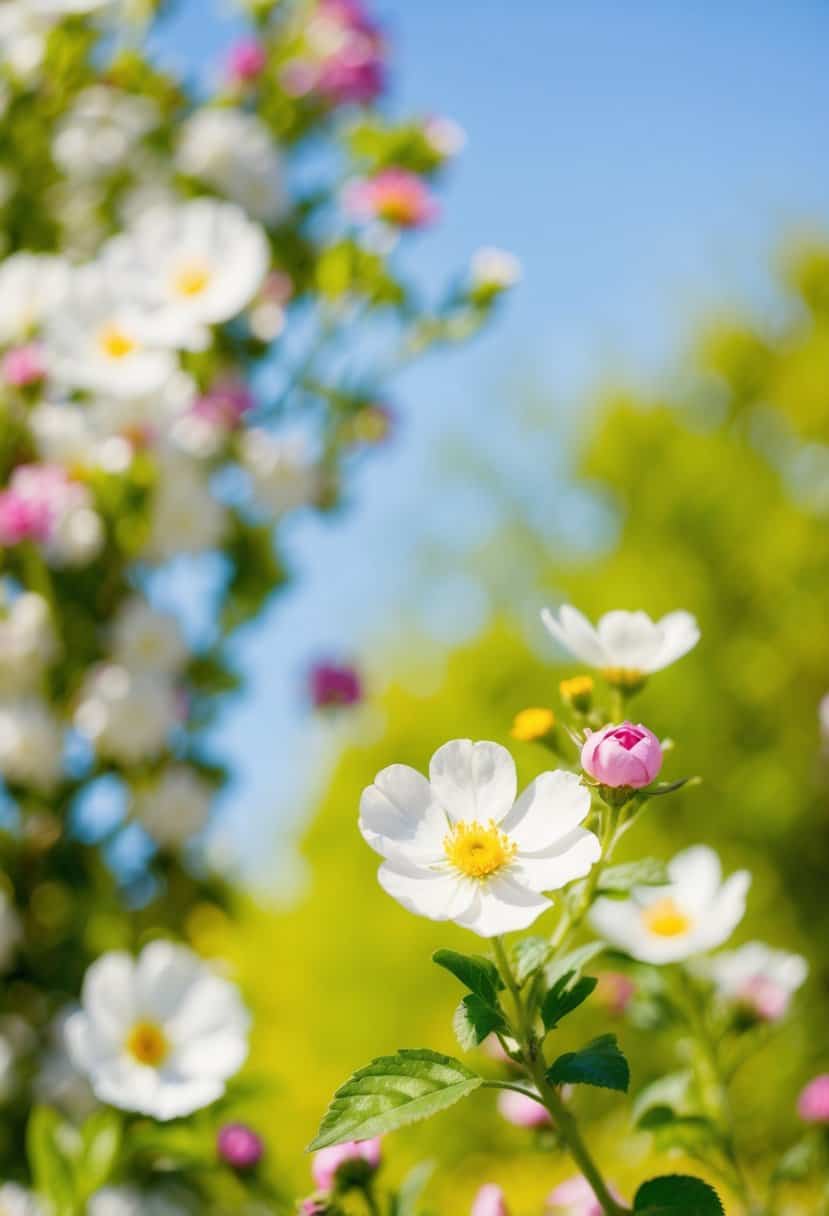
The time of year you choose for your wedding can greatly affect both the atmosphere and availability of your venue. The season can also impact costs and guest experience.
Benefits of Off-Peak Season Weddings
Opting for an off-peak season wedding can offer several advantages. Venues may provide discounted rates during these times, which can be a huge benefit if you’re planning on a budget or an intimate wedding. You may find more available dates, giving you the flexibility to pick a day that works best for you and your guests.
Off-peak seasons usually see less competition for in-demand venues, reducing the stress of finding a perfect location. Getting married in the off-peak season may also offer unique and cozy settings, adding a memorable touch to your big day.
Indoor vs. Outdoor Venues
Choosing between indoor and outdoor venues often hinges on seasonality. Outdoor venues are popular in spring and summer when the weather is mild and flowers are in full bloom. However, availability can be limited due to high demand, especially for weekend dates.
On the other hand, indoor venues provide a safer bet year-round, avoiding the risk of bad weather. They often offer more flexibility in terms of decor and time management. Indoor settings can create a more controlled environment, ensuring your ceremony and reception go as planned without any weather interruptions. The choice of venue is crucial in wedding planning, impacting everything from atmosphere to guest comfort.
Incorporating Personal Preferences and Vision
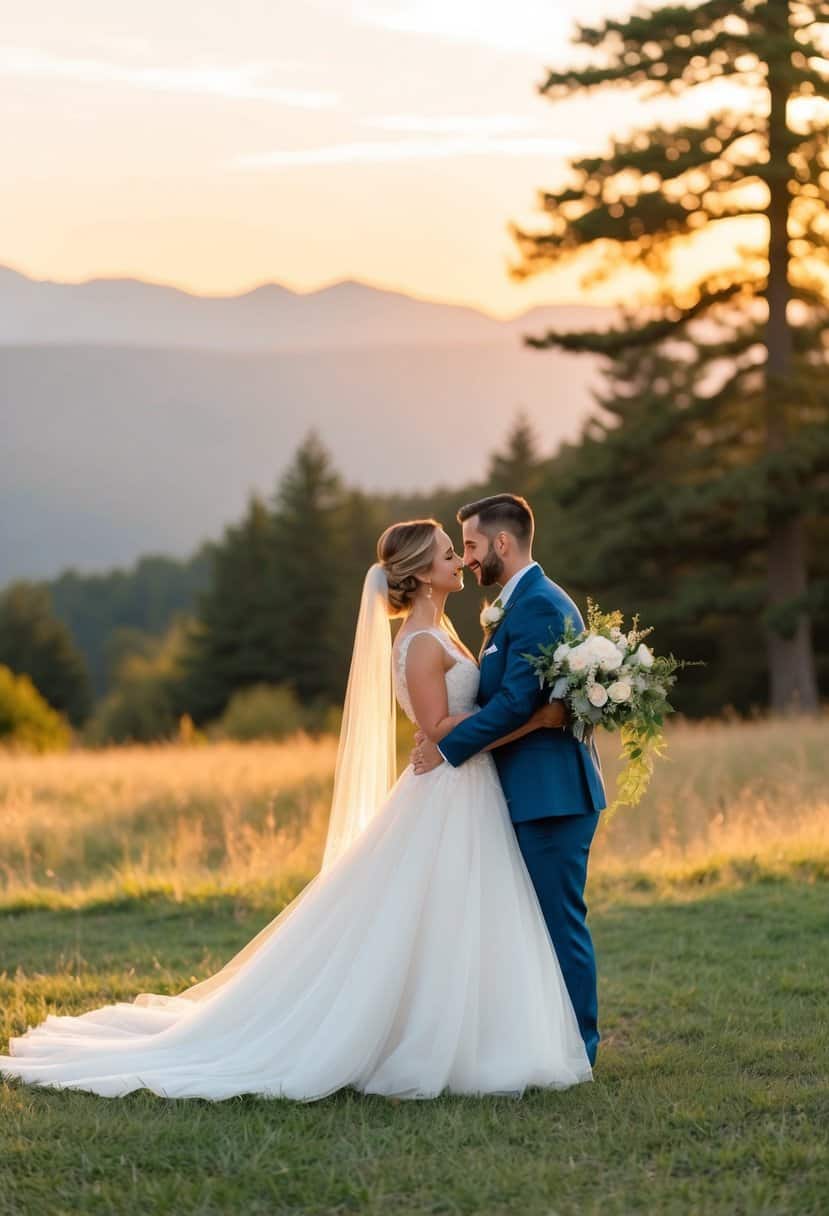
When planning your wedding, aligning the schedule with personal preferences and vision can make the day truly unique. Consider the theme that appeals to both partners and stay mindful of the guest experience to ensure a memorable celebration.
Themes and Aesthetics
Decide on a theme that reflects your interests and styles. Whether it’s a classic romance, bohemian vibe, or modern minimalism, your wedding should reflect what you love. This decision impacts everything from the palette to the floral arrangements and attire.
Using colors that are pleasing to the eye can enhance the overall look. Some prefer a morning ceremony in natural light, which allows for softer tones, while evening weddings might call for bolder colors due to the lighting.
Guest Experience and Entertainment
Creating an enjoyable experience for your guests can make a difference. Think about the flow of the day to keep everyone engaged. Choose entertainment that fits your personality, from a live band to a DJ who can play anything from your favorite hits to romantic tunes for the first dance.
Consider the timing of events during the reception, like when to serve food, to ensure guests are happy and energized. This kind of planning can help ensure that your wedding is an unforgettable experience for everyone involved.
Communication and Coordination for a Smooth Day
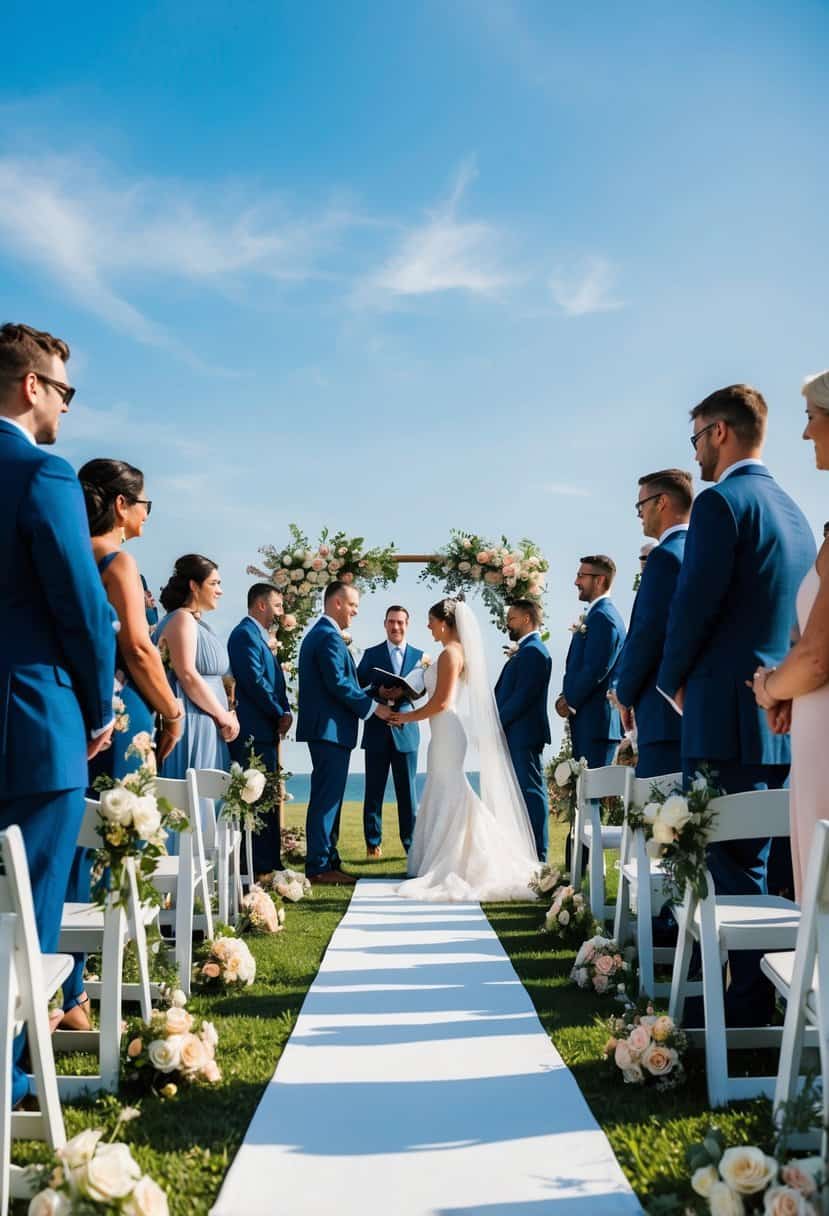
Good communication is essential for a stress-free wedding day. You’ve already spent so much time picking the perfect venue and vendors. Now, make sure everyone is on the same page. It helps to have a clear plan and share it with everyone involved.
Key Roles to Consider:
- Wedding Planner: Your guide through the chaos, coordinating every detail.
- Day-of Coordinator: Executes your plans, handling setup, timelines, and vendors.
A wedding planner is not just for large weddings. Even smaller events can benefit from someone who manages all the moving parts. If a professional planner is not in your budget, consider a friend or family member who is organized to help out.
Make a list of important details for your wedding day. Include contact information for vendors, timelines, and any special requests. Keep this information easily accessible.
Consider sharing it in a shared digital document for quick updates and changes.
Regular check-ins with your partner are important during the planning process. This helps prevent misunderstandings and keeps both of you involved in the decisions. This practice is beneficial not just in planning but is one of the keys to a successful marriage.
Communication and coordination are not just about logistics. They help create an environment where you can relax, enjoy the day, and celebrate your new life together.



